Ask Ethan: Can We Extract Energy From Gravitational Waves?
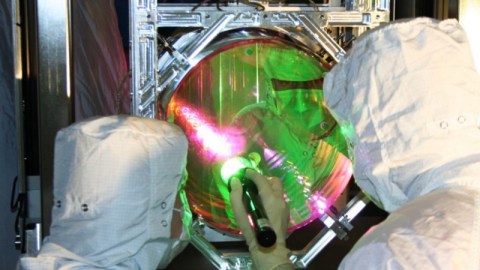
Is that required for detectors like LIGO and Virgo to work?
Whenever any two things in the Universe interact at the same location in spacetime, one thing always remains true about that interaction: it conserves energy. But what if one of those things is an entity inherent to the fabric of spacetime itself, like a ripple, also known as a gravitational wave? When a gravitational wave interacts with matter, energy, or a complex apparatus like a gravitational wave detector, can the wave itself transfer energy into whatever it’s interacting with? It’s a fascinating thought, and it inspired Patreon supporter Paweł Zuzelski to ask the following question:
When we detect an electromagnetic wave (be it a radio antenna, an eye or a camera sensor) we extract energy from the wave. Does the same happen for gravitational waves?
It must be so. Here’s why.
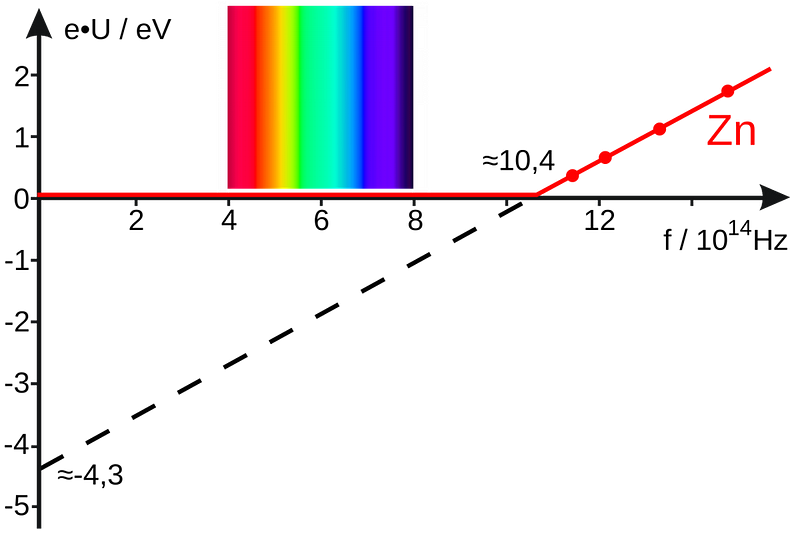
It might seem counterintuitive, because we use the term all the time, but what does “energy” actually mean? There are many ways to define it, but physics is always interested in the quantitative meaning of terms: “what is it doing” and “by how much” are the answers that we hope a good definition will reveal. For energy, some of the more common ones are:
- energy is the amount of power that comes into or goes out of a system sustained for a period of time,
- energy is the ability to perform work (to exert a force that pushes an object a certain distance in the direction of the force), or
- energy is what’s required to cause changes in the motion or configuration of a system.
It comes in many different forms — potential (stored), kinetic (of motion), chemical (of electron bonds), nuclear (released from atomic nuclei), etc. — but it’s universal to all forms of matter and radiation.

It’s relatively straightforward to consider that energy is carried by electromagnetic waves, as that’s perhaps the most well-understood form of radiation that we know of. Electromagnetic waves, from gamma rays through visible light all the way into the radio part of the spectrum, not only interact with matter and transfer energy, but do so in the form of individual energy packets: quanta, in the form of the photon.
We extract and measure the energy of individual photons all the time with modern technology. It was Einstein who first did the critical experiment, showing that even a tiny amount of ultraviolet light could kick electrons off of a conducting metal, but that longer-wavelength light, no matter how intensely it shown, wouldn’t kick those electrons off at all. Light was quantized into little packets of energy, and that energy could be transferred to matter and converted into other forms of energy.
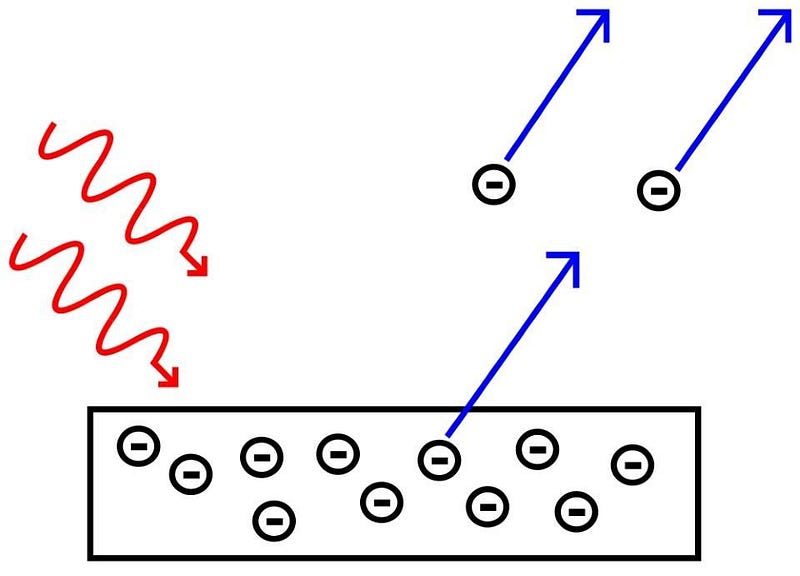
Today, we recognize that light is both an electromagnetic wave and a series of particles (photons), and that in both pictures it carries the same amount of energy. It helps us to understand how everyday phenomena occur within the context of energy.
- When visible light strikes your retina and stimulates your rods and cones, the electrons in the molecules in your cells transition to a different configuration, resulting in certain nerves getting stimulated and a (visual) signal being sent to your brain, which interprets what you see.
- When a radio wave passes by or through an antenna, the electric fields from the wave cause the electrons inside to move, transferring energy into the antenna and enabling the creation of an electrical signal.
- When light enters a digital camera, the photons strike various pixels and stimulate the electronic components inside, transferring energy into them, leading to a signal being registered, from your phone’s camera to the camera on the Hubble Space Telescope.
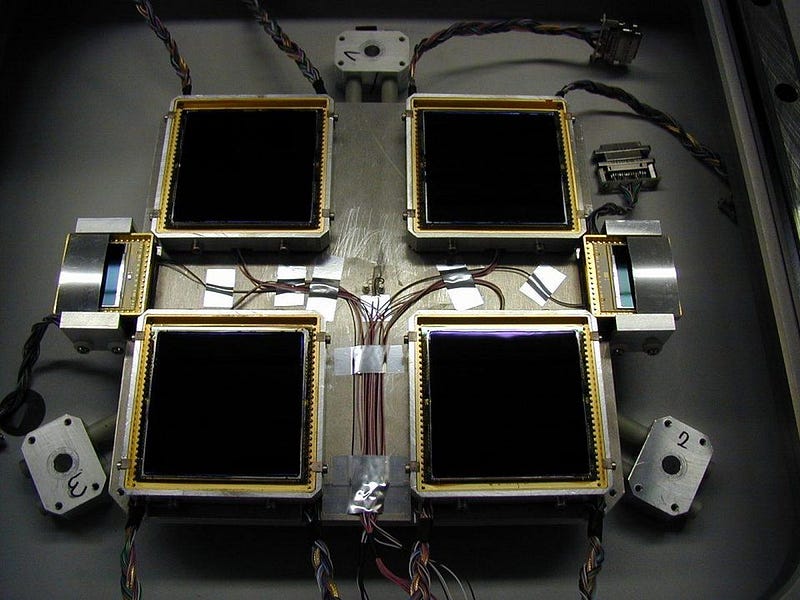
Well, if that’s how electromagnetic waves work, then what about gravitational waves? There are some similarities between the two of them, as both are generated when a charged particle (either electrically charged or massive, i.e., “gravitationally charged”) moves through a changing field (either electromagnetic field or gravitational field, i.e., curved space). Electrons in a particle accelerator generate light; black holes orbiting one another generate gravitational waves.
But there may be differences, too. Electromagnetic waves exhibit inherently quantum behavior, as the energy in those waves is quantized into individual photons that compose this light. Gravitational waves may exhibit quantum behavior, and these waves may yet be quantized into individual particles (gravitons) composing these waves, but we have no evidence for this picture and no practical way to test for it.
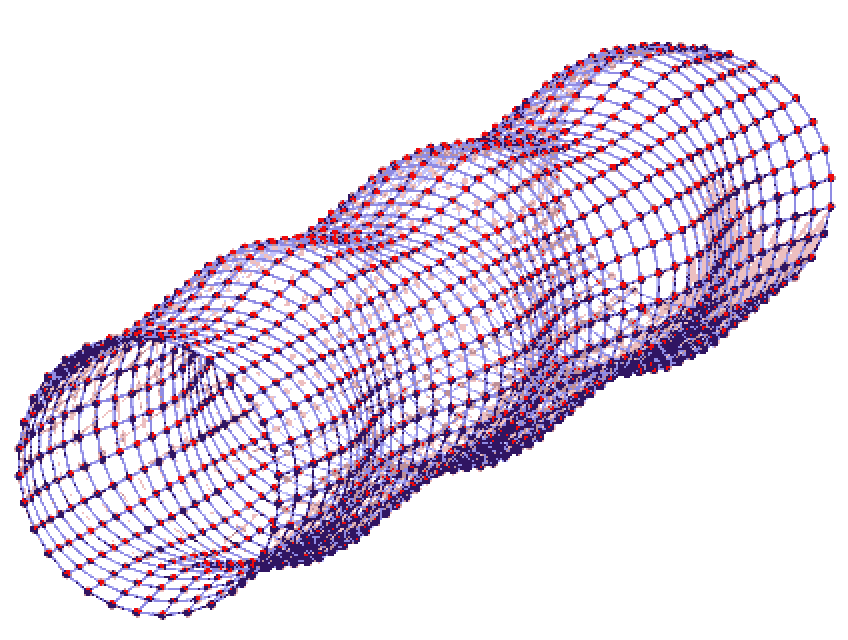
But one thing that must be true — whether gravity is inherently a quantum force or whether Einstein’s General Relativity is as fundamental as it gets — is that these gravitational waves must carry energy. This is not a trivial conclusion, but there are three pieces of evidence that led us there: one advance that was theoretical, one class of indirect measurement, and one type of direct measurement that closed all the remaining loopholes.
Remember, although they were predicted way back in the mid-1910s, nobody knew whether gravitational waves were physically real or whether they were just mathematical predictions without a physical analogue. Were these waves real, and could they transfer energy into real, measurable particles? In 1957, a the first American conference on General Relativity, now known as GR1, took place. And Richard Feynman, one of the great pioneers of quantum field theory, came up with what’s now known as the “sticky bead argument.”
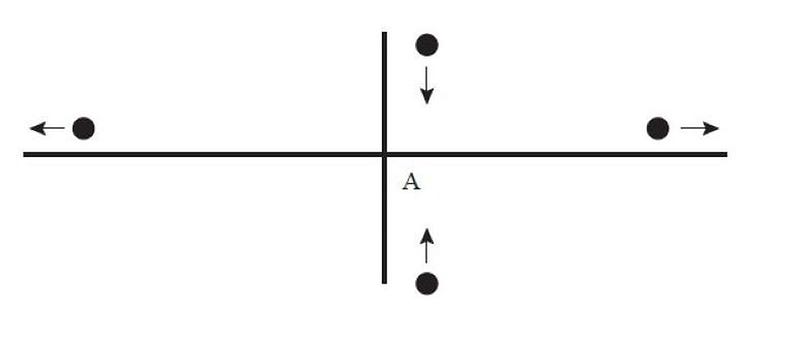
Imagine that you had a thin rod (or two thin rods that were mutually perpendicular) with two beads on either end of the rod. One bead is fixed to the rod and cannot slide, but the other one is free to move relative to the rod. If a gravitational wave passes through perpendicular to the rod’s orientation, the distance between the beads will change as space stretches-and-compresses due to the gravitational wave.
But now let’s introduce something else: friction. Realistically, two macroscopic objects in physical contact with one another will experience collisions and interactions — at least between their electron clouds — meaning that the bead-rod system will heat up as the bead moves along the rod. That heat is a form of energy, and the energy must come from somewhere, with the only identifiable culprit being the gravitational waves themselves. Not only do gravitational waves carry energy, but that energy can be transferred into systems made of normal, everyday matter.
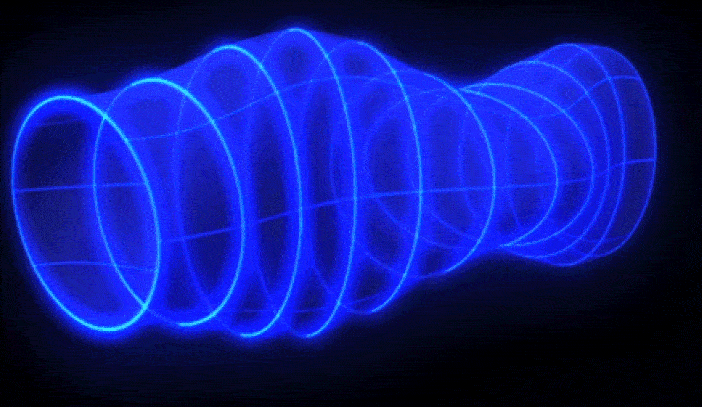
The next leap forward came from the observation of binary pulsars: two neutron stars that not only orbit one another, but where both of them emit radio pulses with every rotation that we can successfully observe here on Earth. By measuring the properties of these pulses over time, we can reconstruct what the orbits of these neutron stars are, and how those orbits change over time.
Remarkably, we found that the orbits were decaying, as though something were carrying their orbital energy away. The calculations from General Relativity (solid line, below) and the observations (data points, below) aligned to confirm the explicit, quantitative predictions for the energy carried away by gravitational waves. Not only must these gravitational waves carry energy, but the explicit predictions for how much energy they carry away from a source was validated by first one, and now many, orbiting binary systems.
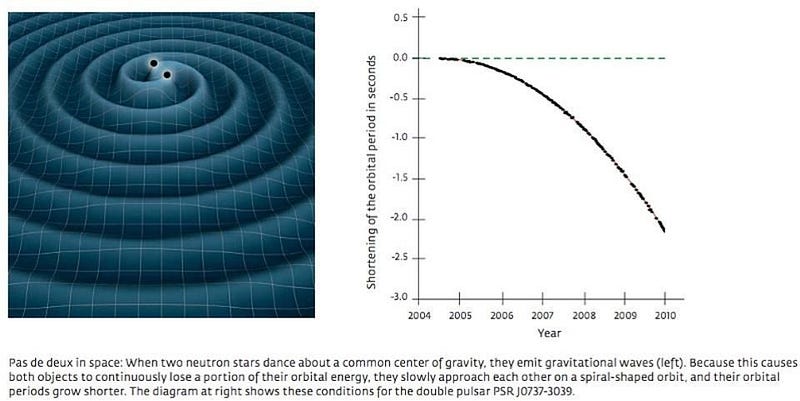
But there was still one remaining step to be verified: what about the transfer of energy from gravitational waves into matter? That would be the key step that would need to occur for gravitational wave detectors — such as the National Science Foundation’s LIGO — to work. From a billion light-years away, two black holes of 36 and 29 solar masses merged, converting about three Suns worth of mass into pure energy.
By the time those waves arrived at Earth, they had spread out so only 36 million J of energy impacted the entire planet: about as much energy as Manhattan receives from 0.7 seconds worth of sunshine. The mirrors in LIGO’s detectors were moved by less than a thousandth of a proton’s width, altering the light paths and changing the photon energy ever-so-slightly. Less than a microjoule was deposited in each detector. And yet, that was enough to lead to a robust detection, not just the first time, but for more than 50 independent occurrences now.
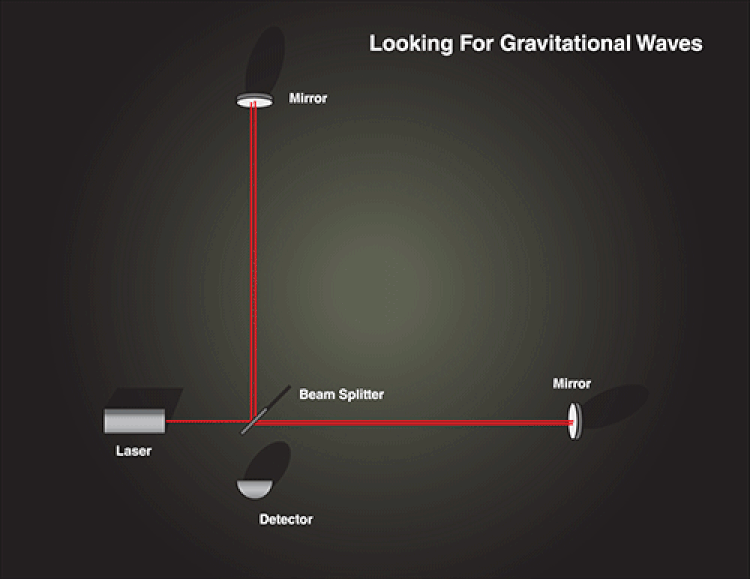
The only way you can ever directly detect a gravitational wave — or any signal, for that matter — is if it has a physical effect on the system you’ve set up to measure it. But all of our detection systems are made of matter, and causing a physical change in that system is tantamount to changing its configuration: something that requires an input of external energy. Regardless of the method involved, detections always require the deposition of energy.
In order for gravitational wave detectors to work, three things had to be true. Gravitational waves had to carry energy, that energy needed to be generated in sufficient amounts that it could affect a detector by the time it arrived at Earth, and we needed to build a sufficiently clever detector to extract that energy and turn it into an observable signal. Remarkably, from the first inkling of an idea to direct detection, it only took a century for humanity to get there.
Send in your Ask Ethan questions to startswithabang at gmail dot com!
Ethan Siegel is the author of Beyond the Galaxy and Treknology. You can pre-order his third book, currently in development: the Encyclopaedia Cosmologica.




